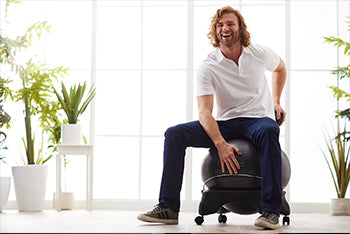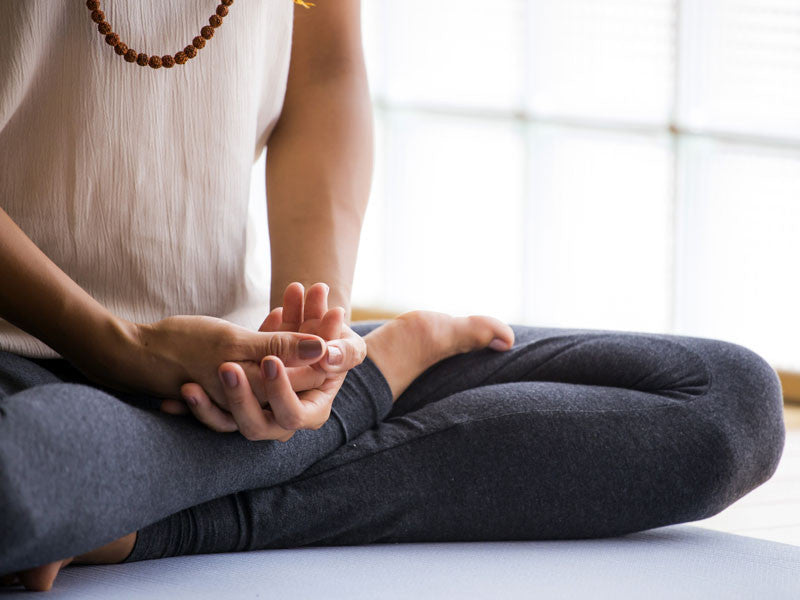I am a master procrastinator, too. Why do we distract ourselves when it makes our work less enjoyable and more difficult?
Self-Criticism and Procrastination
According to psychologists F.M. Sirois and N. Tosti at the University of Windsor, we turn toward procrastination as a way out of negative thoughts and feelings of unworthiness. Procrastination is strongly connected with a self-critical state of mind. That’s right; when we procrastinate, we are not necessarily avoiding our work, just the critical self-talk that arises when we try to tackle a challenge.
By incorporating these mindfulness practices into our daily lives, we can cultivate a compassionate awareness that serves as the perfect antidote to procrastination.
1. Daily Meditation Practice
Imagine trying to write on a chalkboard each day without having erased the scribbles from yesterday. That’s what our mental state looks like when we don’t clear our minds.
Marie Forleo, an entrepreneur, and life coach, recommends meditating for ten minutes a day. For Marie, meditation is non-negotiable — no matter how busy she feels or how many projects she has on her plate, she always takes the time for her practice.
A daily meditation practice builds a healthy detachment from negative thoughts, setting a positive foundation for personal growth. When you sit down to meditate, bring your attention to your breath. Don’t worry about trying to erase your thoughts. As you notice any mental meanderings, just lightly call your attention back to your breath. Discover more tools to help you meditate with our meditation cushions and videos.
2. Develop a Flow
Focusing on your breath, not just during meditation but at work, is a way to cultivate the same flow and rhythm you experience in a vinyasa yoga class. If you feel the need to distract yourself from the present moment, bring your awareness to your body. Is there any fear or tension lingering in your muscles?
Notice any places of discomfort and, instead of trying to escape them, name the feelings. Maybe you feel a strain in your upper back or a pinching sensation in your stomach. Recognizing your feelings, rather than reacting to them, will allow you to move through your activity without being disempowered by fear. Just like in yoga, this state of mindfulness gives us the perseverance to face challenges when our natural instinct is to turn away.
3. Mindfulness Minute
In an article in The New Yorker, Maria Konnikova describes procrastination as an impulse that requires self-regulation. Genetically, those of us who are especially hardwired for impulsivity and spontaneity are also more likely to procrastinate.
When you recognize the impulse to check out, check into yourself instead. Anna Black, author of the book “Mindfulness @ Work,” suggests taking a stopwatch, kitchen timer, or a smartphone. Set the timer to 60 seconds. Breathe deeply for the allotted time, counting your breaths. When your minute is up, you will know how many breaths you usually take in a minute.
In those moments when you feel the desire to escape, take a mindful minute — sometimes that’s all you need to get back to neutral. When you’re done, break up your goals into very small and manageable pieces. Staying in the present moment with your tasks will help you to reach your goals without feeling overwhelmed.
Integrating these three mindfulness practices into your daily habits is a wonderful way to bolster your sense of self. By learning how to embrace challenges in peaceful and fulfilling ways, you set yourself up for personal and professional success. Rather than feeling driven from fear, you will embrace your goals with self-acceptance and a pat on the back.
Looking to take the next steps towards meditation, practicing breath work, and mindful minutes? Start with our Meditation for Beginners DVD to connect and practice all three steps.










